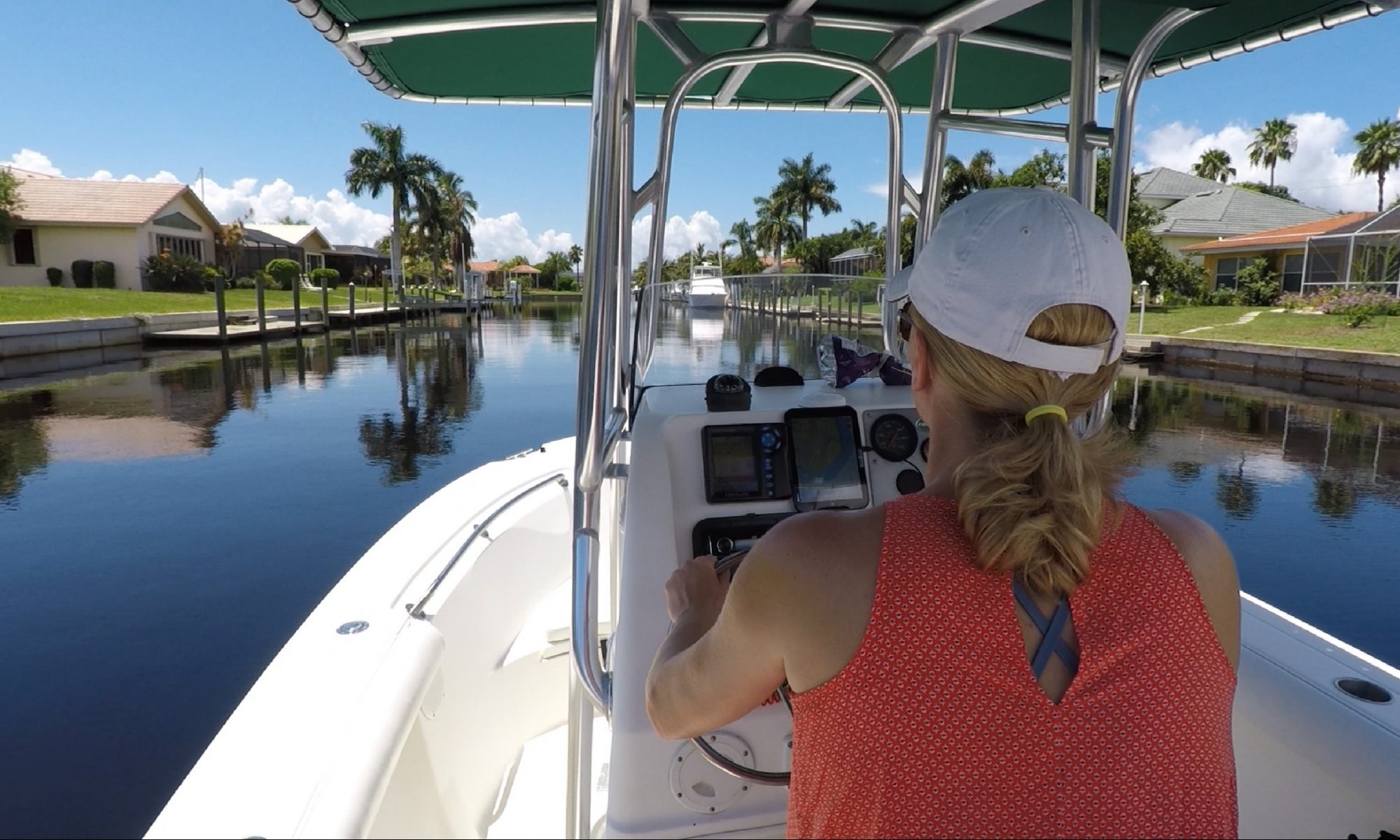The Gulf of Mexico is a place of unmatched beauty and abundant life. Its warm, crystal-clear waters teem with countless species of fish and other sea creatures, making it a paradise for fishermen, snorkelers, and beachgoers alike.
For lovers of the great outdoors, the Gulf of Mexico offers endless activities to enjoy. Whether it’s fishing, snorkeling, diving, bird watching, or simply lounging on the beach, there’s something for everyone.
For fishermen, the Gulf of Mexico is a true treasure trove. With its rich waters and diverse ecosystem, the Gulf is home to some of the most sought-after fish species in the world. From trophy-sized marlins and tarpons to delicious red snapper and grouper, the Gulf has something to offer anglers of all levels of expertise.
For beach lovers, the Gulf of Mexico is a true paradise. Its soft, white sand beaches are dotted with palm trees and other lush vegetation, providing a tropical oasis amid the bustling coastal cities and towns. Whether you’re looking to relax or party with friends, the Gulf has beaches that perfect for you.
And for those snorkelers and divers, the Gulf of Mexico is a true underwater wonderland. With its clear, warm waters and diverse ecosystem, the Gulf is home to a wide variety of sea creatures, from vibrant schools of colorful fish to sea turtles, dolphins, and even the occasional whale shark. Snorkelers can float along the surface and watch in awe as the ocean’s inhabitants go about their daily routines, or they can dive a little deeper to explore the Gulf’s many coral reefs and shipwrecks.
Despite its beauty and abundance of life, the Gulf of Mexico is not without its challenges. Like any large body of water, the Gulf can be unpredictable and dangerous, with strong currents and powerful storms that can strike without warning. But for those who understand its rhythms and respect its power, the Gulf of Mexico is a truly magical place, a place where they can connect with the beauty and majesty of nature.
For the residents of the Gulf Coast, the Gulf of Mexico is more than just a body of water; it’s a way of life. They’ve built their communities around its shores, relying on its abundant resources for their livelihoods and for recreation. They’ve learned to respect its power and adapt to its changing conditions, and they’ve come to cherish its beauty and bountiful life.
For those who visit the Gulf of Mexico, it’s a chance to escape and immerse themselves in the beauty and abundance of nature and connect with the people and communities that call the Gulf home.
Whether you’re a seasoned fisherman, a beach lover, or simply someone who loves the beauty of nature, the Gulf of Mexico is a place that will leave you feeling rejuvenated. So why not pack your bags, grab your sunscreen, and head to the Gulf today? With its warm waters, white sand beaches, and abundance of life, it’s a place where you’ll make memories that will last a lifetime.





